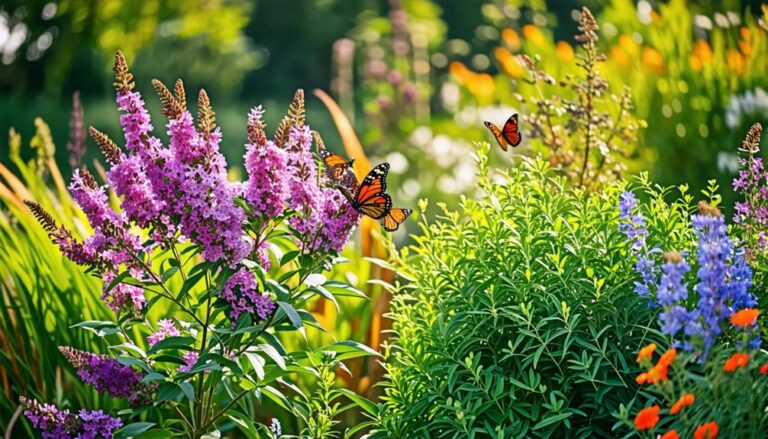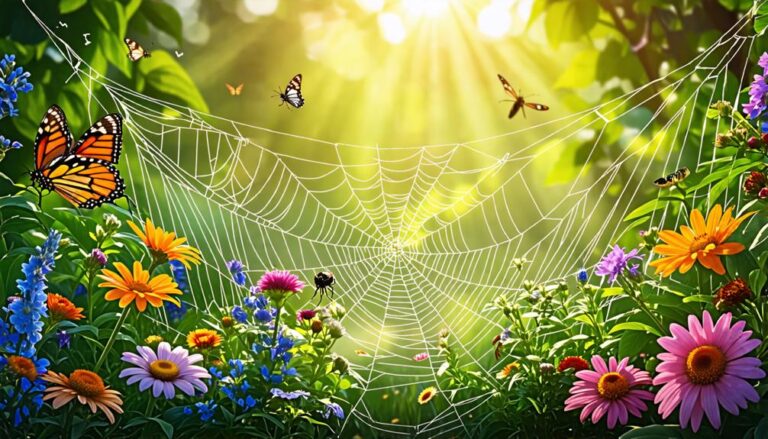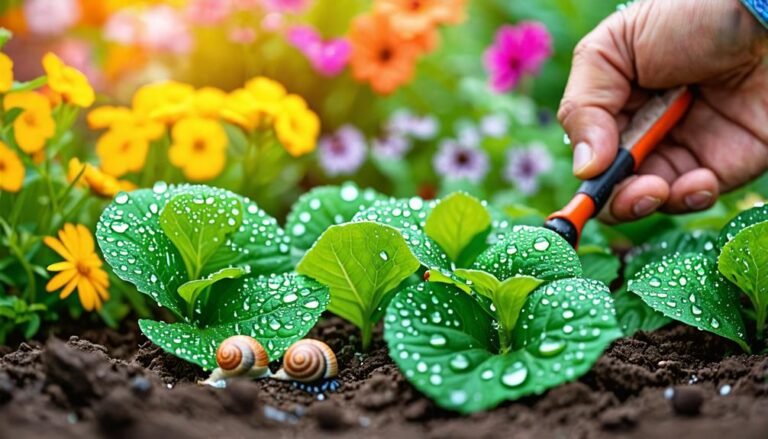Rethinking Earwigs: Nature’s Unsung Heroes in Your Garden
The sight of an earwig might send shivers down your spine. With their elongated bodies, pincers, and shifty movements, it’s no wonder these insects often stir feelings of disgust. However, before you resort to squashing every earwig in sight, let’s debunk some myths and explore the reasons why these critters deserve a second chance.
The Amazing Life of Earwigs
Earwigs, scientifically known as Dermaptera, play an intriguing role in our ecosystem. Often misunderstood, they possess some fascinating traits. These insects are primarily nocturnal scavengers, feasting on dead plant material and decaying organic matter. This diet helps clean up our gardens, ensuring they don’t turn into a wasteland of rubbish. Instead of being scared, consider them the cleanup crew your plants didn’t know they needed.
Beneficial Allies in the Garden
Contrary to popular belief, earwigs can offer various benefits, especially in maintaining a healthy garden. One of their most commendable qualities is their appetite for pests. These little warriors will actively hunt and consume aphids, the notorious plant pests that can wreak havoc on flowers and vegetables. By inviting a few earwigs into your garden, you might be inadvertently setting up a natural pest control system.
If you’ve battled aphids in the past and found the solutions tedious, let earwigs handle this problem. Their scavenging habits help reduce the pest population, making your gardening adventures less stressful. So, before swatting them away, ask yourself: could they be the solution to invasive pests?
Identifying Earwig Damage
While many gardeners celebrate the presence of earwigs, it’s crucial to know when it might be time to intervene. Earwigs can become problematic, especially when food sources are scarce. Soft, tasty seedlings and delicate flowers like petunias and dahlias are often targeted when nothing else is available. The challenge lies in distinguishing earwig damage from that caused by other pests.
To check, armed with a flashlight, inspect your garden after sundown. If you spot earwigs munching on your plants, consider adjusting your garden habits to discourage their presence. However, if they are focusing on cleaning up pest populations or dead plant material, it could be beneficial to leave them alone.
How to Manage Your Earwig Population
If you find that earwigs are damaging your prized plants, there are several strategies to consider. Start by reducing moisture in your garden. Earwigs thrive in damp environments, so eliminating standing water and raking up debris like dead leaves can make your garden less appealing to them.
Another effective approach involves planting deterrent herbs like basil or mint around your vulnerable plants. The strong scents of these herbs can act as a natural repellent, steering earwigs away. Alternatively, inviting earwig predators, such as lizards and birds, can help naturally manage the population without resorting to pesticides.
If push comes to shove and earwig populations grow uncontrollable, eco-friendly insecticides can provide assistance. Many brands offer options designed specifically for garden pests, allowing you to balance pest control with ecological responsibility.
The Bottom Line
Earwigs may not be the prettiest or most beloved insect, but they certainly play an essential role in maintaining a balanced ecosystem. Whether cleaning up dead plant matter or keeping pest populations at bay, these tiny creatures deserve more appreciation than they often receive. So, the next time you encounter one crawling amid your flowers, remember that it might just be your garden’s unsung hero. Instead of reaching for a shoe, consider gently relocating it outdoors, allowing nature to work its magic in restoring balance.




